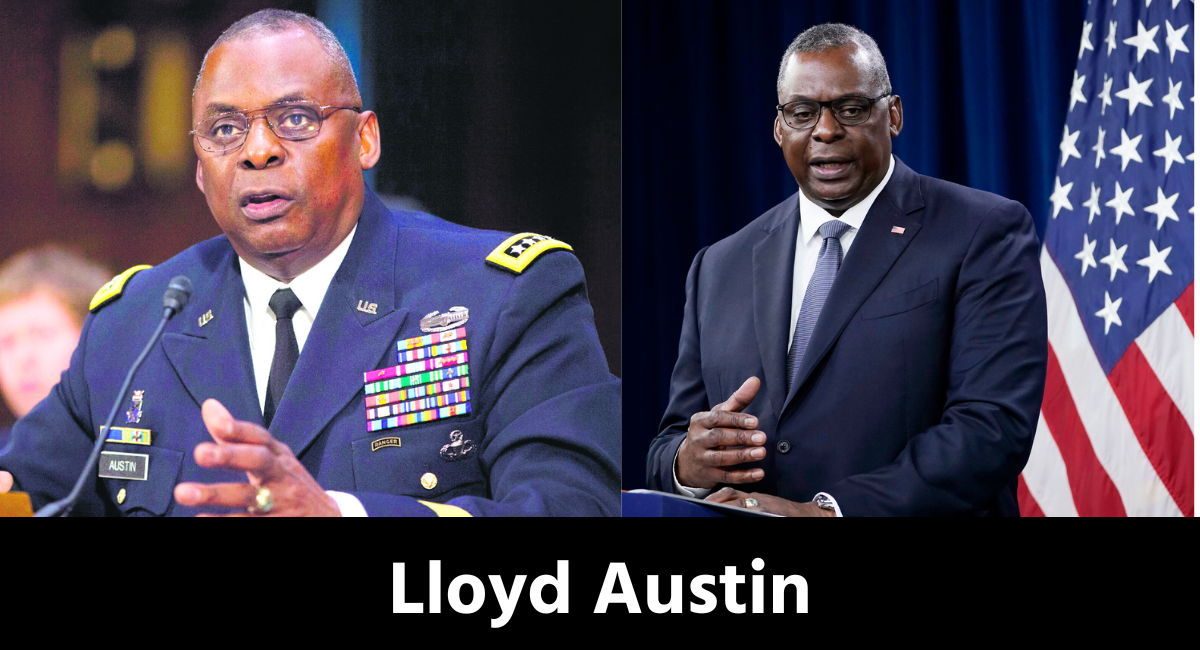Lloyd James Austin III born August 8, 1953 is a retired United States Army four-star general who is serving as the 28th United States secretary of defense since January 22, 2021. Before retiring from the military in 2016, Austin served as the 12th commander of United States Central Command (CENTCOM), beginning in March 2013. Prior to that he served as the 33rd vice chief of staff of the Army from January 2012 to March 2013, and as commander of United States Forces – Iraq from September 2010 to December 2011. He is the first African American to hold each of these positions After retiring from the armed services Austin joined the boards of Raytheon Technologies, Nucor, Tenet Healthcare, and Auburn University. On December 7, 2020, he was nominated for defense secretary by then-President-elect Joe Biden and was confirmed by the United States Senate on January 22, 2021, by a vote of 93–2
Lloyd Austin Facts
- Born : Lloyd James Austin IIIAugust 8, 1953 (age 70)
- Mobile, : Alabama, U.S.
- Spouse : Charlene Banner
- Education: United States Military
- 28th : United States Secretary of Defense
Lloyd Austin Early life and education
Austin was born on August 8, 1953, in Mobile, Alabama; he was raised in Thomasville, Georgia.He graduated from the United States Military Academy at West Point with a Bachelor of Science degree in 1975.While at the Academy, Austin played rugby and ran track. He later earned a Master of Arts degree in counselor education from Auburn University’s College of Education in 1986, and a Master of Business Administration in business management from Webster University in 1989. He is a graduate of the Infantry Officer Basic and Advanced courses, the Army Command and General Staff College, and the Army War College.

Lloyd Austin Military career
AustinIn June 1975, Austin graduated from West Point and was commissioned in the Infantry as a second lieutenant.AustinHe completed Airborne and Ranger schools prior to receiving his initial assignment in Germany with the 3rd Infantry Division (Mechanized) as a rifle platoon leader and later as a scout platoon leader and company executive officer in 1st Battalion, 7th Infantry.
Following this assignment and attendance at the Infantry Officer Advanced Course, he was assigned to the 82nd Airborne Division at Fort Bragg, North Carolina, where he commanded the Combat Support Company, 2nd Battalion (Airborne), 508th Infantry and served as the Assistant S-3 (Operations) for 1st Brigade.[9] In 1981, Austin was assigned to Indianapolis, Indiana, where he was the operations officer for the Army Indianapolis District Recruiting Command, and where he later commanded a company in the Army Recruiting Battalion. Upon conclusion of this assignment, he attended Auburn University, where he completed studies for a Master’s in education. He then returned to the West Point as a company tactical officer.
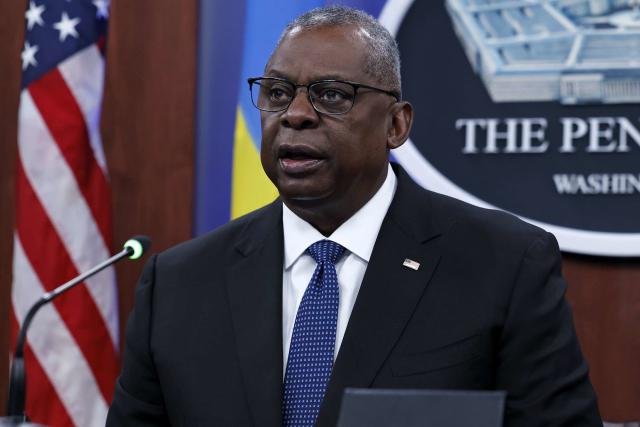
After completion of the Army Command and General Staff College, Fort Leavenworth, Kansas, he was assigned to the 10th Mountain Division (Light Infantry), Fort Drum, New York, where he served as the S-3 (Operations) and later executive officer for the 2nd Battalion, 22nd Infantry. He subsequently served as Executive Officer for 1st Brigade, 10th Mountain, and later Director of Plans, Training, Mobilization, and Security for Fort Drum.
In 1993, Austin returned to the 82nd Airborne Division where he commanded the 2d Battalion (Airborne), 505th Infantry He later served as G-3 for the 82nd.
Following graduation from Army War College, Carlisle, Pennsylvania, he returned to the 82nd Airborne Division for a third tour of duty there to command 3rd Brigade
Austin in a meeting with Secretary of Defense Donald Rumsfeld, Lieutenant General David Barno, and U.S. Ambassador to Afghanistan Zalmay Khalilzad in Kandahar, Afghanistan in 2003
Shortly after brigade command, he served as Chief, Joint Operations Division, J-3, on the Joint Staff at The Pentagon in Arlington, Virginia. His next assignment, in 2001, was as Assistant Division Commander for Maneuver (ADC-M), 3rd Infantry Division (Mechanized), Fort Stewart, Georgia. As the ADC-M, he helped lead the division’s invasion of Iraq in March 2003.Leading the fight from the front, Austin traveled the 500 miles from Kuwait to Baghdad in his command and control vehicle. The division reached Baghdad and secured the city. Austin was awarded a Silver Star, the nation’s third highest award for valor, for his actions as commander during the invasion.
Lloyd Austin Commanding General of Multi-National Corps – Iraq
On December 8, 2006, Austin was promoted to Lieutenant General and assumed command of XVIII Airborne Corps, Fort Bragg, North Carolina.In February 2008, Austin became the second highest ranking commander in Iraq, taking command of the Multi-National Corps – Iraq (MNC-I). As commander of MNC-I, he directed the operations of approximately 152,000 joint and coalition forces across all sectors of Iraq.[18] He was the first African American general officer to lead a corps-sized element in combat.Austin assumed the mission during the period when the Surge forces were drawing down. He expertly oversaw the responsible transition of forces out of the country while ensuring that progress continued on the ground.
Austin handed over command of XVIII Corps to become Director of the Joint Staff in August 2009.This promotion came at the direction of Admiral Michael Mullen, then Chairman of the Joint Chiefs of Staff. While Director, Austin was told by Mullen to increase the diversity of the Joint Staff. Austin credited the appointment as having jumpstarted his later career, saying: “People who might not have known Lloyd Austin began to know him.”
Lloyd Austin Commanding General of US Forces – Iraq
On September 1, 2010 at a ceremony at Al-Faw Palace in Baghdad, Austin was promoted to the rank of General, becoming the Army’s 200th four-star general officer and the sixth African American in the U.S. Army to achieve the top rank.[20] He subsequently assumed the role of Commanding General (CG) of United States Forces – Iraq (USF-I), becoming the first African American in history to command an entire theater of war.He was preceded in the role by General Ray Odierno. As CG, USF-I, Austin was the senior military commander in charge of all US and remaining coalition forces in Iraq.[23] Their mission was to advise, train, assist, and equip the Iraqi Armed Forces and the security agencies part of the Ministry of the Interior. As commander, Austin requested an additional troop presence in Iraq from 14,000 to 18,000.
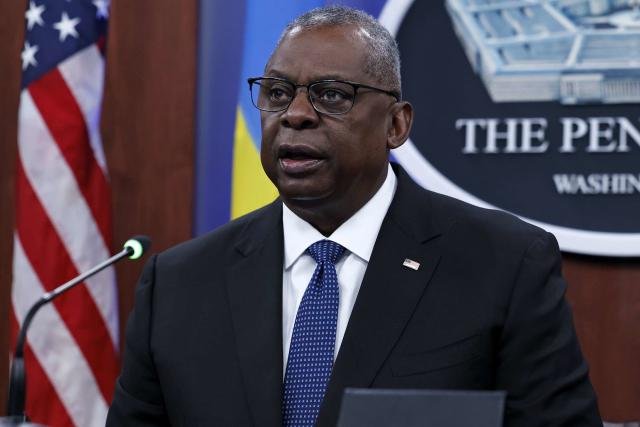
Austin oversaw the transition from Operation Iraqi Freedom and combat operations to Operation New Dawn and stability operations focused on advising, assisting, and training the ISF. He was extensively involved in the internal U.S. discussions and then negotiations with the Iraqi Government leading up to the signing of the Strategic Partnership Agreement. Opposing total U.S. withdrawal, Austin preferred that the U.S. maintain about 10,000 troops in Iraq after 2011 and he approved staff planning for up to 20,000 remaining troops.
In the absence of a new Status of Forces Agreement, President Barack Obama made the decision to retrograde all U.S. forces out of Iraq by the end of 2011.Austin oversaw the entire operation, concurrently planning and executing the orderly drawdown and redeployment of approximately 50,000 service members. The U.S. command in Iraq formally cased its colors on December 15, 2011, at a reduced-sized BIAP complex, and Austin’s speech there cited his division’s seizure of the airport over eight years beforehand. Austin, along with other members of the USF-I staff, departed Iraq on December 18, 2011.
Army Vice Chief of Staff
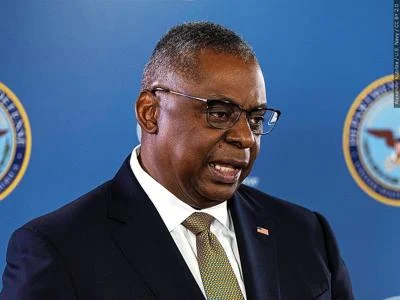
In December 2011, Austin was nominated to become Vice Chief of Staff of the United States Army (VCSA).[32] He took office on January 31, 2012.As VCSA, he managed the day-to-day administration of the Army’s budget and headquarters staff. Under his direction, the Army took steps to reduce the incidence of suicide in the ranks.He spearheaded the Army’s efforts to increase awareness and improve treatment options for the “invisible wounds” of war, namely traumatic brain injuries and post-traumatic stress.
Austin became the commander of CENTCOM on March 22, 2013, after being nominated by President Obama in late 2012. Austin was preceded as CENTCOM Commander by General James Mattis, whom Austin would later succeed as Secretary of Defense. In this capacity, General Austin oversaw all United States troops deployed and major United States Military operations around the area of Middle-East and Central Asia and some parts of South Asia. The area of command consisted of 20 countries including Iraq, Syria, Yemen, Afghanistan, Egypt and Lebanon.
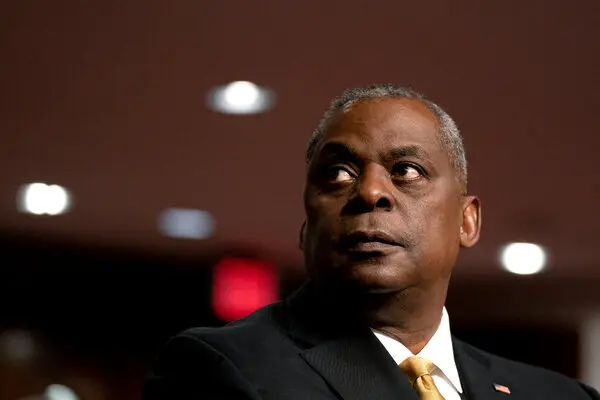
He directed the activities of four service component commands, one subordinate unified command (U.S. Forces-Afghanistan/Resolute Support Mission), two major subordinate multi-service commands, and several temporary task forces actively engaged in military operations. Austin oversaw more than 150,000 American and coalition forces involved in operations throughout the region.
During his tenure, Austin routinely advised the President, the Secretary of Defense, and other national-level leadership on challenges afflicting the CENTCOM region, and directed U.S. and allied military response to multiple crises and operations. These included the explosive crisis and transition of power in Egypt (2013–14); the resurgence of Al Qaeda’s affiliate in the Arabian Peninsula; the Huthi-led insurgency against the Hadi government and the civil war in Yemen; continued support for the operations in Afghanistan against Al Qaeda and other extremist groups; malign activity by Iran’s Revolutionary Guard Corps-Qods Forces; and the rise of the Islamic State of Iraq and the Levant (ISIL) in Iraq and Syria.

General Lloyd Austin with Lieutenant General Charles Q. Brown Jr. during the Air Forces Central Command change of command ceremony at Shaw Air Force Base, June 29, 2015.
General Austin in 2016
As commander, after ISIL seized control of Mosul in June 2014, Austin oversaw the development and execution of the military campaign plan to counter ISIL in Iraq and Syria. As of October 2014, Austin argued that the U.S. military’s primary focus in operations against ISIL should be Iraq, as opposed to Syria. In 2015, Austin conceded in a Senate Committee on Armed Services hearing that a CENTCOM-developed U.S. program intended to train Syrians to combat ISIL had resulted in only a handful of fighters. At the hearing, he faced particularly pointed questioning from Senator John McCain over the direction of military engagement in Syria.
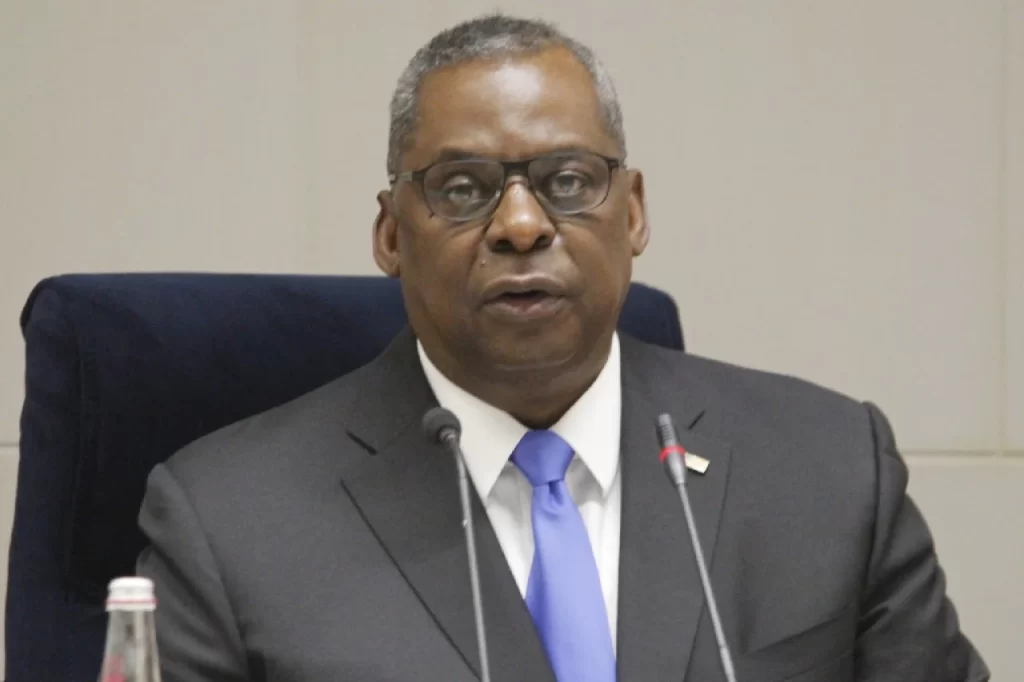
Austin’s retirement ceremony took place at Joint Base Myer–Henderson Hall on April 5, 2016. During his departure and retirement ceremony, General Austin said that he was extremely proud of the achievements of the troops under his command. He said “I’m very proud to have had the opportunity to lead troops in combat, I have seen our young leaders do amazing things in really tough and dangerous situations.”
Lloyd Austin Middle East
Throughout his tenure, Austin has engaged with civil and military leaders in the Middle East, reinforcing the United States’ commitment to partnerships and security in the region. Areas for collaboration between the U.S. and allies include integrated air and missile defense, maritime security, intelligence sharing and early warning systems.
There are more than 30,000 U.S. troops in the Middle East, despite the United States’ withdrawal from Afghanistan and significant drawdown in Iraq.
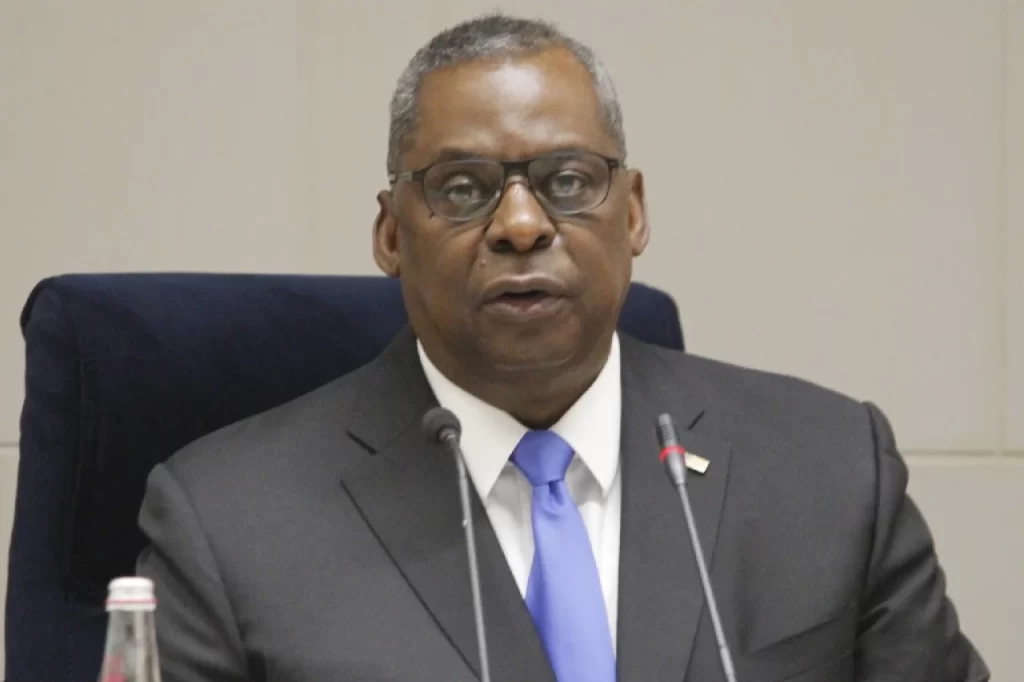
At the AIPAC Political Leadership Forum in January 2023, Austin stated: “Our network of alliances and partnerships is one of America’s core strategic strengths. And no other country on Earth has anything like it. And that’s especially important in today’s Middle East.”
Austin with Egyptian President Abdel Fattah el-Sisi at the Presidential Palace in Cairo, March 8, 2023
During a speech delivered at the Manama Dialogue in Bahrain in November 2021, Austin said: “We do crucial work together with our friends in this [Middle East] region—to deter aggression from any quarter, to disrupt terrorist networks, and to maintain freedom of navigation in some of the world’s most important waterways. And over the decades, we have worked side-by-side as you invested in the capabilities to defend yourselves. We’ve supported you along the way, and we’re going to keep doing so. Our forces train together, plan together, and work together—and that makes us stronger together.”[94] He went on to say: “So we’re going to build on our longstanding investments in this crucial region—in security cooperation, and training, and professional military education, capacity building, and intelligence sharing, and joint exercises. It is a core part of my mission as Secretary of Defense to deepen and widen our partnerships.”
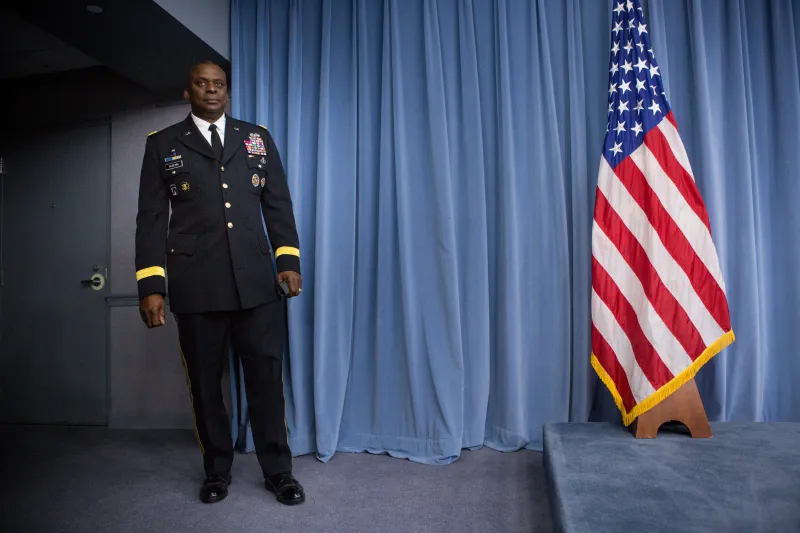
Austin with Turkish Defense Minister Yaşar Güler at NATO headquarters in Brussels, June 16, 2023
On July 16, 2022, President Biden met in Jeddah with the leaders of the Gulf Cooperation Council (GCC) – Bahrain, Kuwait, Oman, Qatar, Saudi Arabia, and the United Arab Emirates – the Republic of Egypt, the Republic of Iraq, and the Kingdom of Jordan (together known as the GCC+3) for the first of its kind “Jeddah Security and Development Summit”. At the Summit, Biden reiterated the importance the United States places on its decades-long strategic partnerships in the Middle East region, affirmed the U.S.’ enduring commitment to the security and territorial defense of U.S. partners, and recognized the region’s increasingly important role as a trade and technology crossroads between hemispheres. He also strongly affirmed the centrality of the Middle East region to the long-term security and prosperity of the United States and the American people.

